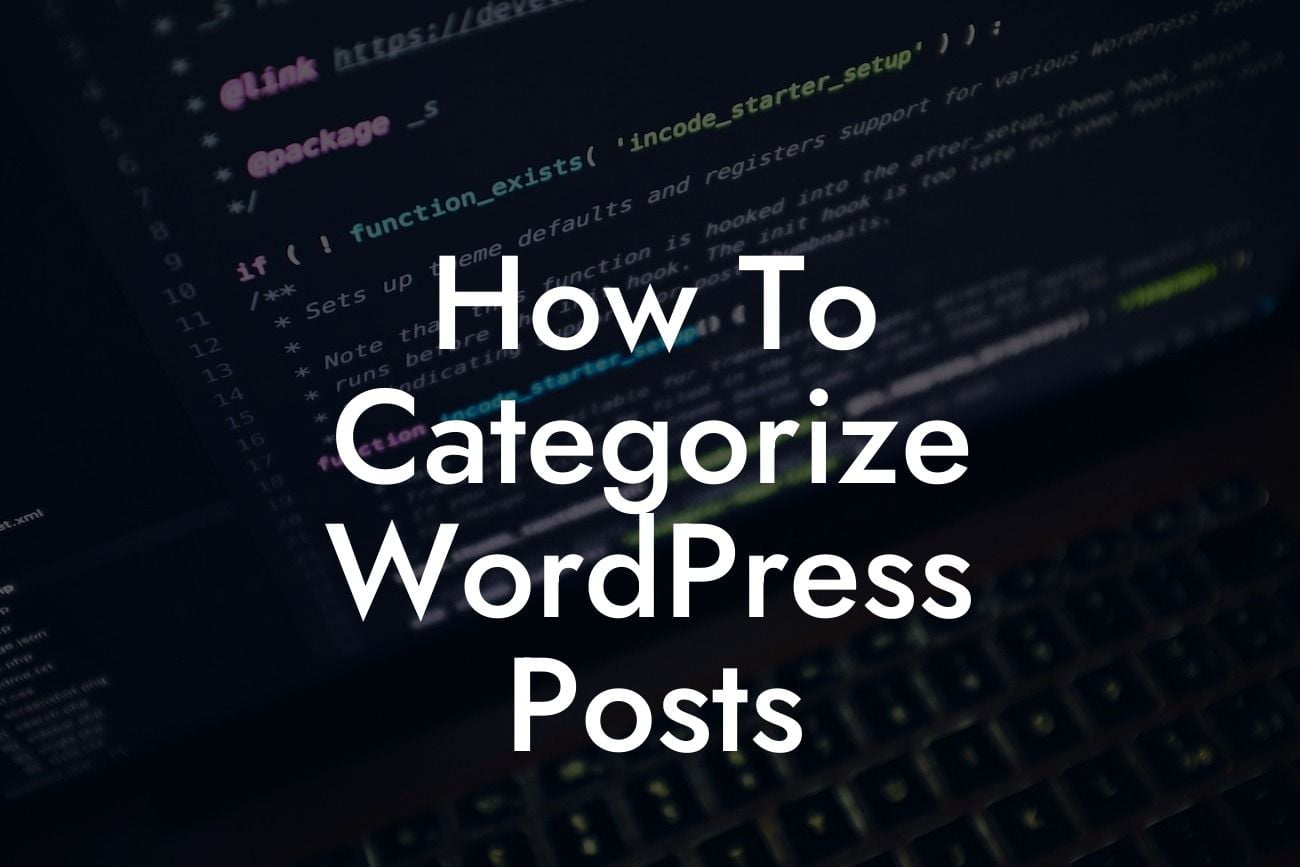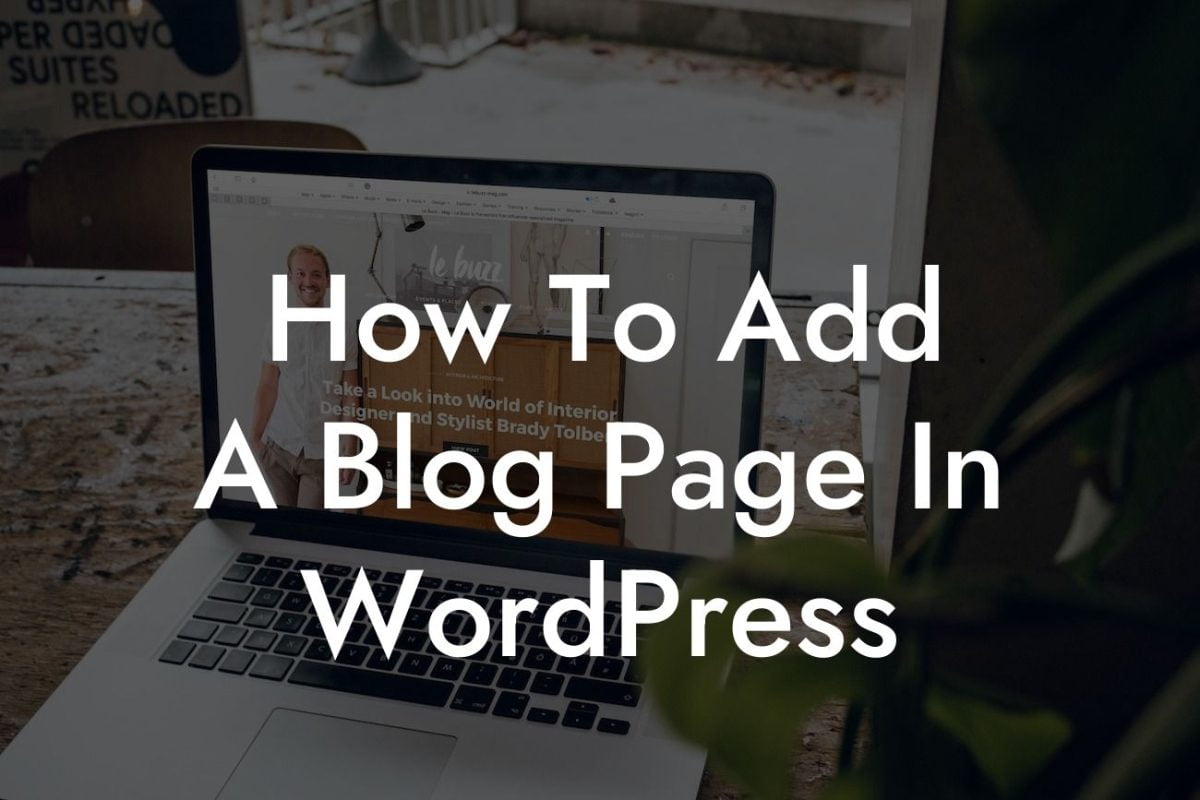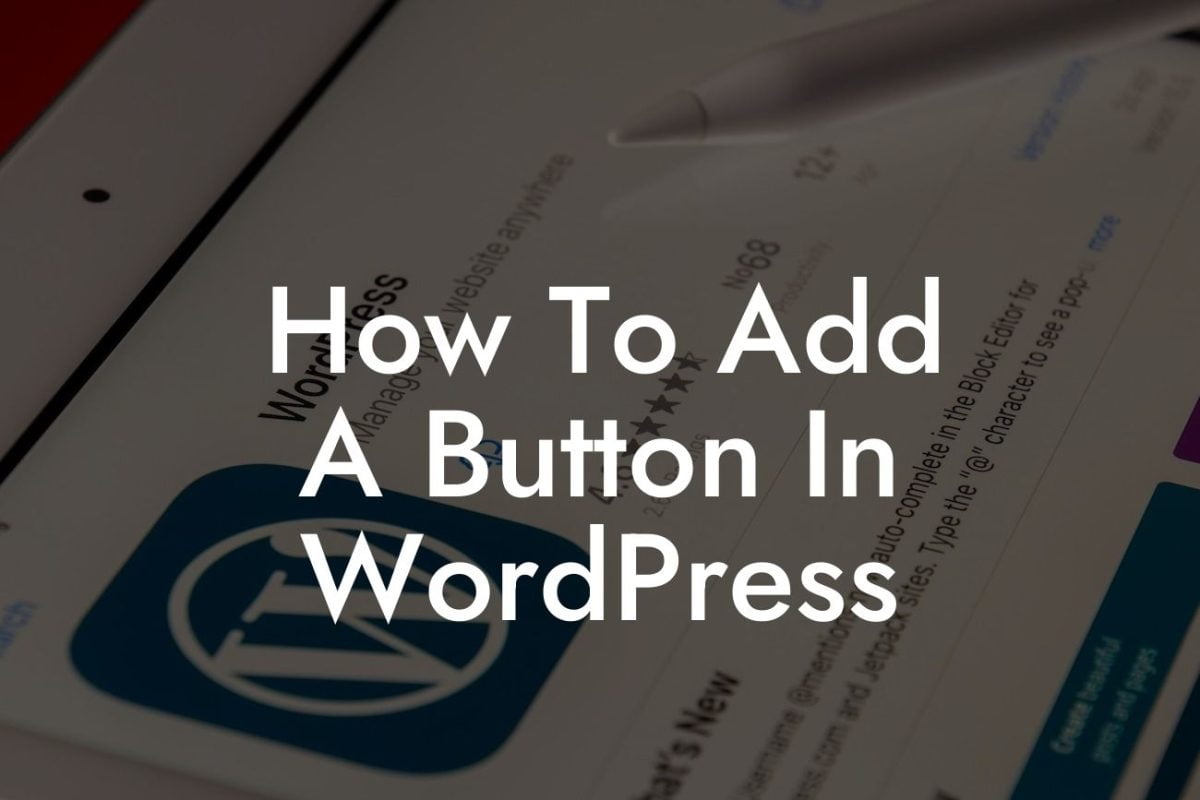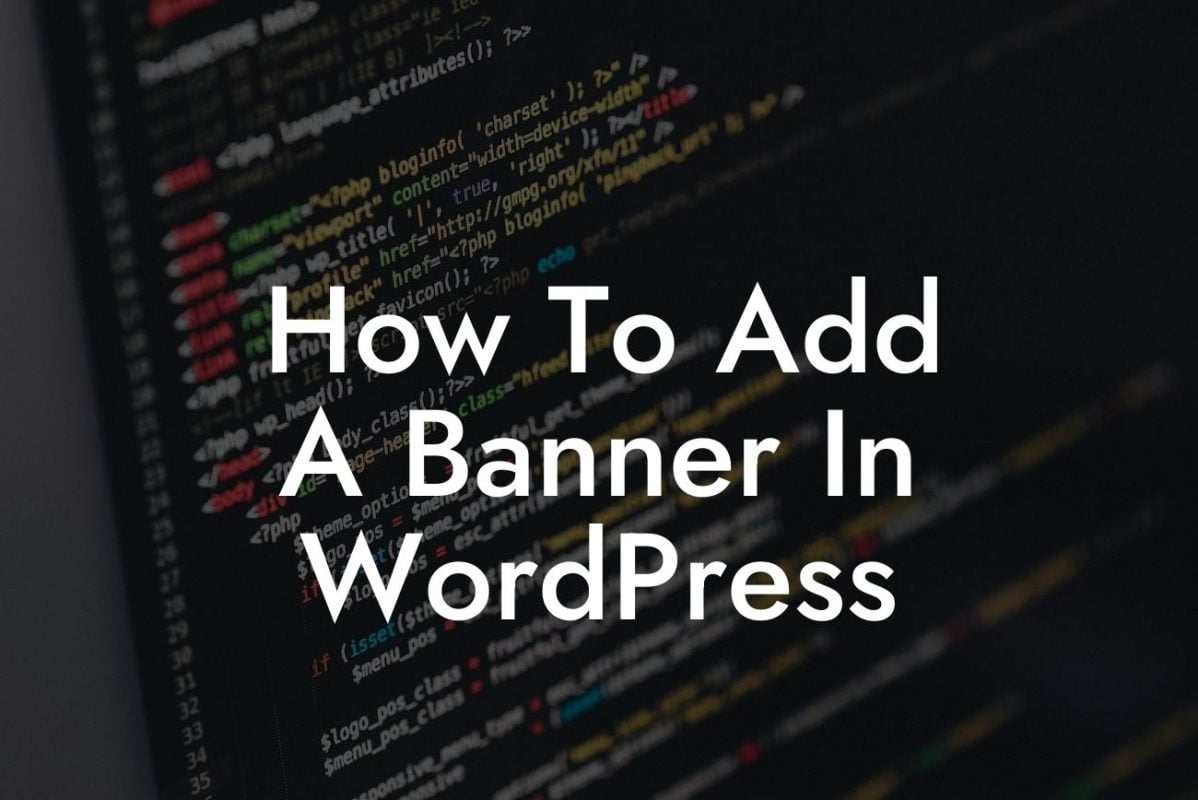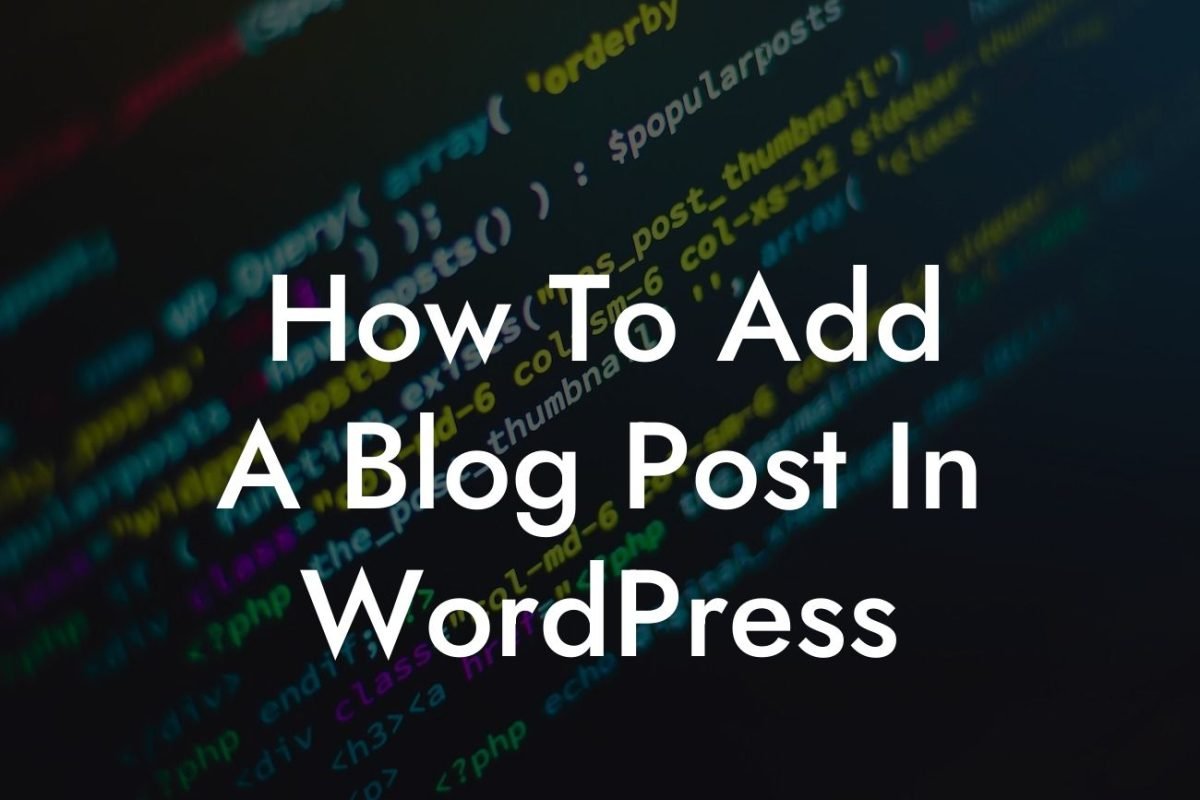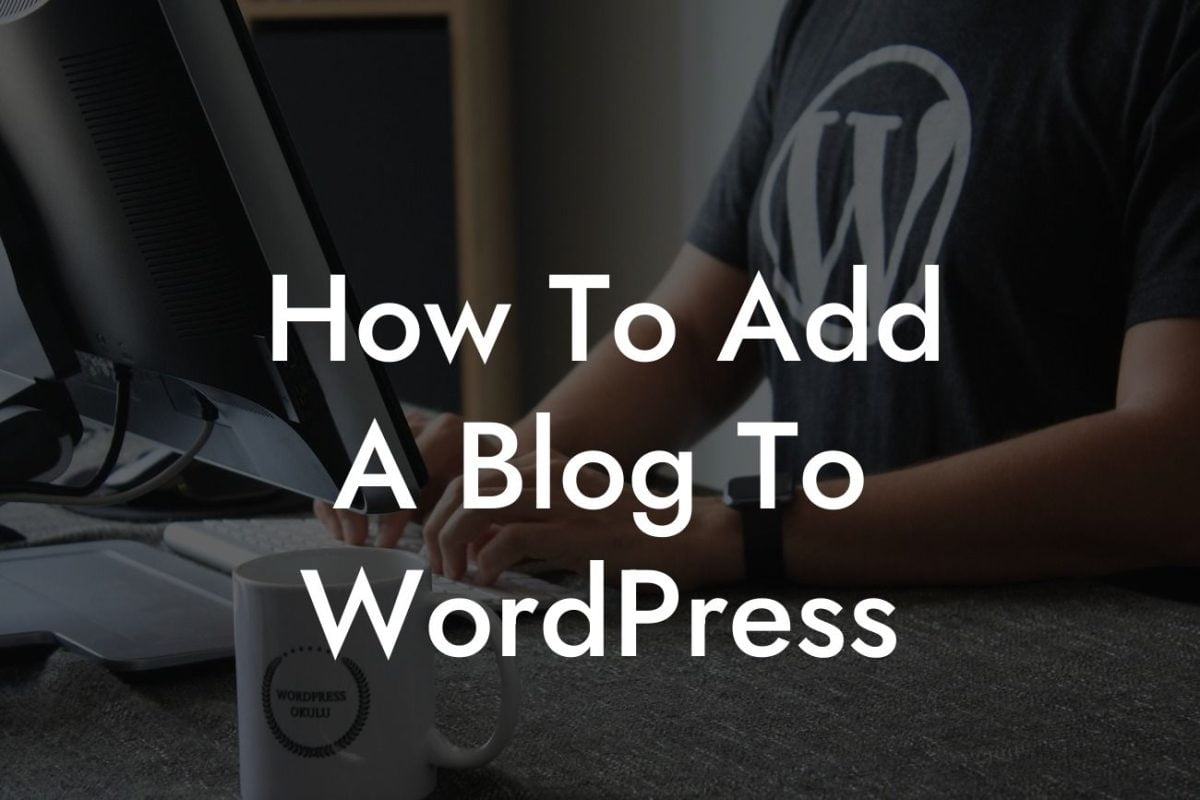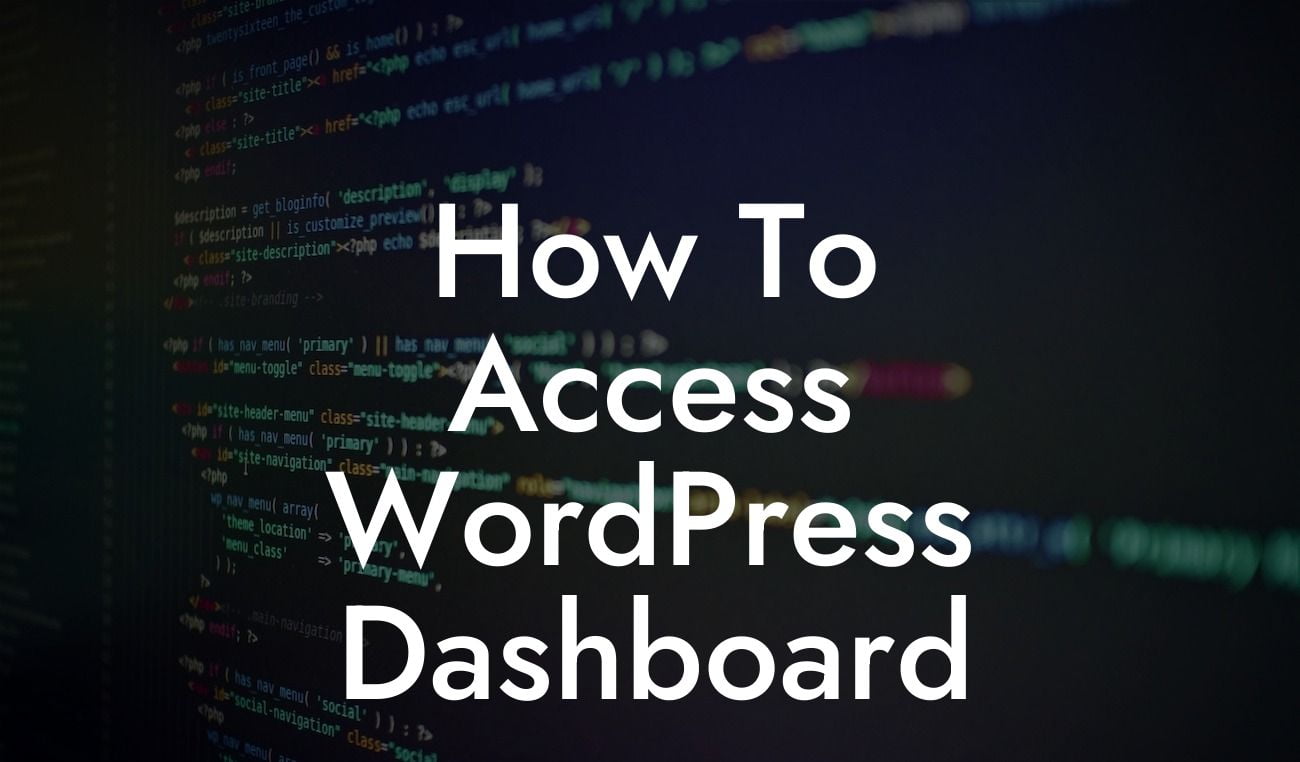Setting up a well-organized website is crucial for small businesses and entrepreneurs. With a sea of content available online, it's vital to categorize your WordPress posts effectively to enhance your website's organization and guide your visitors effortlessly. In this comprehensive guide, we'll dive into the nitty-gritty details of categorizing posts, including the use of tags and creating a logical hierarchy. So let's get started!
Categorizing your WordPress posts not only improves the user experience but also plays a vital role in search engine optimization. Follow these steps to effectively categorize your posts and take your online presence to new heights:
1. Understanding Categories:
Start by understanding the concept of categories in WordPress. Categories are broad groupings that help organize your posts according to their content. Choose categories that are relevant to your business and capture the essence of your posts. Aim for a concise set of categories that reflect the main topics covered on your website.
2. Creating Categories:
Looking For a Custom QuickBook Integration?
Creating categories in WordPress is a breeze. Simply navigate to the "Posts" tab in your WordPress dashboard and click on "Categories." Add new categories that align with your website's content and click "Add New Category" to save them. Don't forget to assign relevant parent categories if you want to create a logical hierarchy.
3. Organizing Categories:
A well-organized category structure is essential for easy navigation. Craft a logical hierarchy by arranging your categories in a way that makes sense to your website visitors. This helps users find the content they're looking for quickly. For instance, if you run a travel blog, consider organizing your categories by continents and then further break them down into countries or cities.
4. Utilizing Tags:
Tags are more specific than categories and provide additional metadata for your posts. While categories are like the foundation, tags help add detailed labels to individual posts. Use tags to describe the specific topics, keywords, or details covered in a particular post. Avoid overusing tags and ensure they're relevant to the content.
5. Creating Consistency:
Consistency is key when categorizing your WordPress posts. Establish clear guidelines for yourself or your team, ensuring that each post is assigned to the appropriate categories and tagged consistently. This consistency will help visitors navigate through your website seamlessly and improve the overall user experience.
How To Categorize Wordpress Posts Example:
Let's consider a hypothetical example of a food blog. Categories may include "Recipes," "Restaurant Reviews," and "Healthy Living." Within the "Recipes" category, you can create sub-categories like "Desserts," "Vegetarian," and "Gluten-Free." Tags can be used to provide more specific details, such as "chocolate cake" or "low-carb recipes."
Congratulations! You're now equipped with the knowledge and tools to categorize your WordPress posts effectively. By implementing these strategies, you'll soon notice improved organization, increased user engagement, and enhanced search engine optimization. Don't forget to explore other informative guides on DamnWoo and check out our awesome WordPress plugins to further optimize your online presence. Share this article with fellow entrepreneurs and small business owners looking to level up their websites. Happy categorizing!

